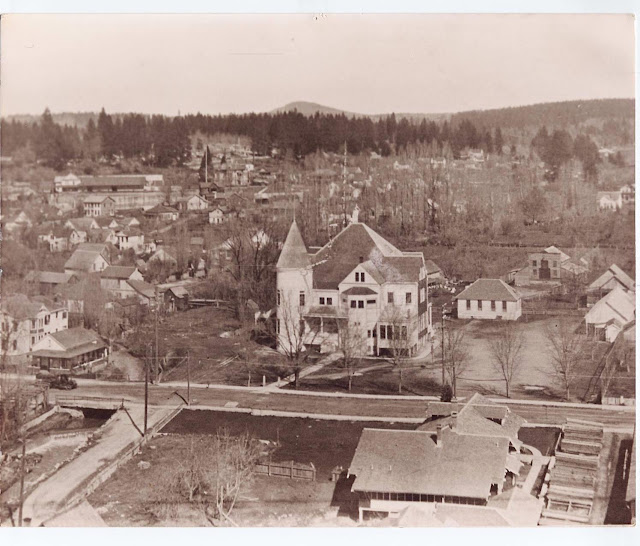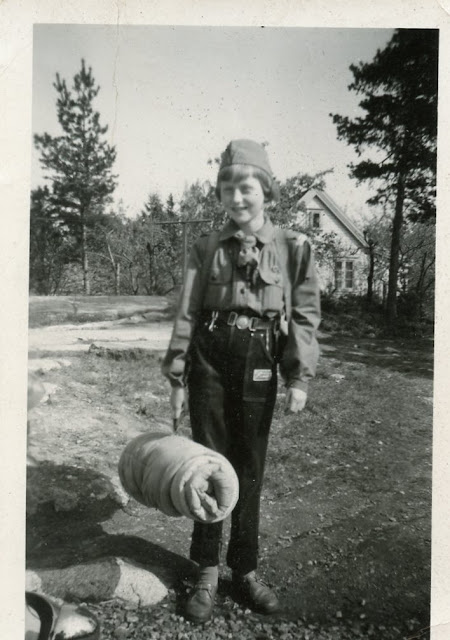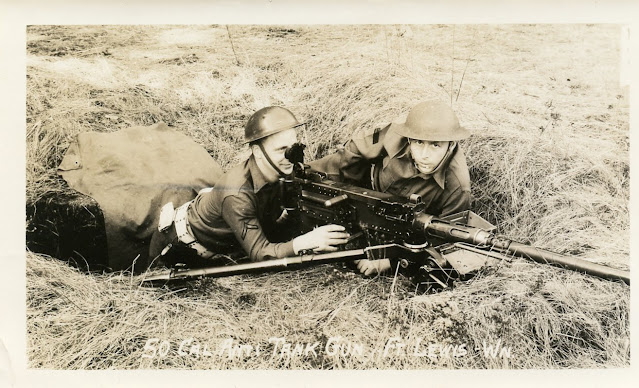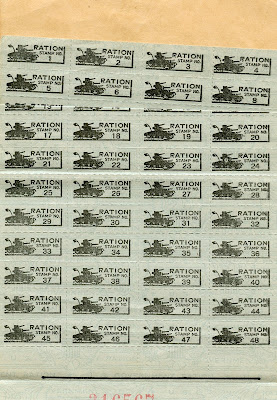I found a wonderful resource on line the other day...The California Digital Newspaper Collection has digitized parts of the Morning Union which was published starting on October 28, 1864 and ran until 1945 as a morning paper in Grass Valley. Only the years between 1865-1916 are available on line as of now, but those years give us a glimpse of what was going on in the early lives of the Hansens on West Main Street. I supposed you could compare the section The Day in Grass Valley with today's Face Book. You read it to find out who was doing what, where, when and why, and of course, with whom, but without the selfies and group pictures! It was how people in the community kept tabs on each other and stayed in the loop. These little snippets of information give us small snapshots in time; almost like opening a door for a few minutes to get a glimpse and a peak before the door is shut again. Here are a few selections....
Morning Union, 8 October 1911 LITTLE LAD HAD A BIRTHDAY PARTY Fifth Birthday of Master Jack Hansen was a Very Jolly One...Friday afternoon 15 of the little friends of Master Jack Hansen gathered at the home of his parents on West Main Street and had one of the jolliest times of their lives. Master Jack was the proudest one of them all, it being the fifth anniversary of his birthday and he felt it was a high honor to have the little ones present as his guests on this occasion. The party lasted from two until five o'clock and every minute of the time was made to count by those present. A birthday cake with five lighted candles representing his fifth birthday was the center of attraction at the table, as there was a coin baked in the cake which was to go to the guest receiving the lucky slice of cake. Little Ruth Hogan was the lucky one to secure the piece containing the coin. Childish games were indulged in throughout the afternoon and the little ones enjoyed themselves as much as older persons do at similar gatherings. The following were those who were present at the party: Margueritet Skewes, Frank Skewes, Ruth Hogan, Catherine Hogan, Francis Hogan, Hoval Wayne, Earl Wayne, Richard Hosking, George Hosking, Myron Horan, Minnie Fraser, Marian McGuire, Jack Hansen, Bob Hansen and Harold Hansen.
Morning Union, 30 January 1912 MORE MEASLES REPORTED.. Four cases of measles were reported yesterday, three of those afflicted being the family of W. Fraser of West Main Street, while the other case is the child of Mrs. John Hansen of Main Street. The usual quarantine will be enforced. (I don't know which of the boys was afflicted..)
Morning Union, 14 June 1912 Miners Accept Positions....Frank Williams and Peter Kelly, Jr. have accepted positions in Central America and left this city a day or two ago for San Francisco, from which place they will sail with Patrick Holland. John Hansen is also employed at the same place and Mrs. Hansen and son are leaving for there on the same steamer with the three named above.
Morning Union, 3 August 1912 TAKEN ILL WITH FEVER ON TRIP...Little John (Jack) Hansen Contracted Panama Fever While on Way to Salvador...Word has been received in this city by relatives of the arrival at Salvador of Mrs. John Hansen and son, John (Jack), also Patrick Holland, Peter Kelly and Frank Williams. The party of Grass Valley left on the same steamer from San Francisco some time ago, and the men will be employed in the mines there. Mrs. Hansen and child will visit with Mr. Hansen, who is at present employed there. While on the trip down the coast little John (Jack) Hansen contracted a severe case of what is known as the Panama fever (presumably yellow fever) and when the party arrived at Salvador the little fellow was in a dangerous condition. At the time the letter was written to this city there was no change in his condition and further news from Salvador will be anxiously awaited by the host of friends of the family in this city. The other members of the party enjoyed the trip and arrived at their destination in perfect health.
Morning Union, 6 August, 1912 LITTLE JOHN HANSEN RECOVERS FROM FEVER...Another letter has been received in this city from Salvador in which the news is given that little John (Jack) Hansen has recovered from the attack of fever which the little fellow suffered while en route on the steamer for Salvador. He was a very sick boy for awhile, but treatment he received by the boat physician and also upon his arrival caused the fever to leave and Mrs. Hansen stated in her letter that the lad was able to run about as usual. Mrs. Hansen and child will visit with Mr. Hansen at Salvador for several months.
Morning Union, 16 March 1913 Miss Nellie Loney has taken her departure for Hobart Mills, where she will teach in the schools there in lieu of Miss Faye Curtis, who is very ill at San Francisco........Mr. and Mrs. John Hansen and children, accompanied by Mrs. Hansen's sister, Miss Gladys Burrows, have returned from Salvador, where Mr. Hansen has been employed for some time.........Mrs. James Wales, who has been visiting at Alta with her daughter, Mrs. F. Foote, has gone to San Francisco , having been summoned there by the death of her cousin.......
Morning Union, 15 May 1913 Miss Gladys Burrows is confined to her room at the home of Mr. and Mrs. John Hansen on Main Street, with a sever attack of crysipelas. (possibly erysipelas; a serious bacterial infection of the skin)
Morning Union, 25 January 1914 GIVES "STAG" PARTY ON HIS 5TH BIRTHDAY Robley Hansen, young son of Mr. and Mrs. John Hansen of Main Street, was host to a number of his young friends yesterday at the home of his parents. The affair was strictly "stag" and was in the nature of a "peanut" party, the favors, place cards and games being suggestive of the idea. Bob Hansen was five years old yesterday and he entertained in a manner which would do credit to those many years his senior. Among those present were Myron Horan, Frank Skewes, Jack Hansen, Arthur Black, Ward Angilley, Richard Hosking, Harold Hansen, Francis Hogan, George Hosking and Robley Hansen.
Morning Union, 26 August 1914 Mrs. John Hansen and children were incoming passengers on yesterday afternoon's train.
Morning Union, 5 February 1915 Youth Under Knife...Little Harold Hansen, four-year-old son of Mr. and Mrs. John Hansen, was operated upon at the Jones Memorial Hospital yesterday by Dr. Carl P. Jones for appendicitis. An aggravated case was revealed and although the little fellow is doing well as can be expected he is by no means out of danger.
Morning Union, 7 July 1915 PEACE IS URGED BY YOUTHFUL ORATOR (this long article talks about the youth of Grass Valley who participated in the 4th of July patriotic and literary program at the Elks Hall)...Enormous crowds jammed Church and Main streets, the Elks' Hall lawn and the lawns of residences for a block or more in each direction. Master Jack Ideal With Gavel...As presiding officer Master Jack Hansen leaves nothing to be desired. He took charge of affairs like a veteran and carried the program through without the slightest slip. Besides Master Jack made a little speech on his own account, calling attention to the significance of the day and the meaning which lay behind the activities of the boys and girls-future citizens of the United States.
And of course, the class lists for the beginning of the school year.
Morning Union, 28 August 1915 WHERE PUPILS WILL REPORT MONDAY A.M. ......The pupils of the Grass Valley schools will report to their respective rooms upon Monday morning, August 30th, 1915 as follows....Lincoln School...Fourth Grade: (Miss George, teacher) Jack Hansen....Bell Hill School Second Grade: (Miss Curtis, teacher) Robby Hansen
So, just a few glimpses of early life in Grass Valley for the Hansen boys. I will share more pictures in the next post of the boys in school, growing up on the ranch, and excursions taken in their teenage years before marriage and the war.




































































